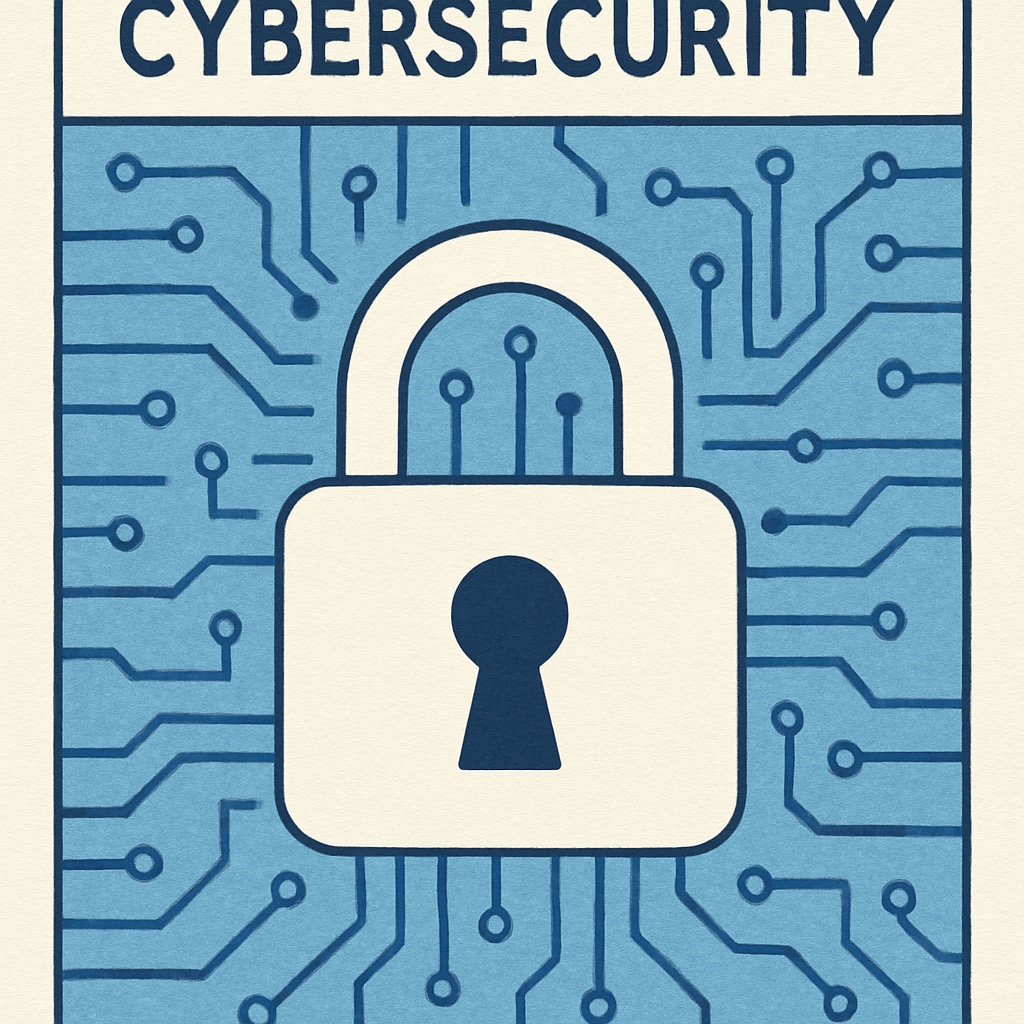As the digital economy continues to reshape the global job market, careers in cybersecurity and data science have emerged as some of the most sought-after paths. Both fields play critical roles in our interconnected world, but they offer distinct opportunities in terms of career prospects, day-to-day work, and lifestyle. For educators and parents, understanding these differences is essential to guide students in their career choices. Furthermore, K12 education provides a unique opportunity to lay the groundwork for success in these domains.

Cybersecurity and Data Science: Key Differences
Cybersecurity focuses on protecting systems, networks, and data from unauthorized access or attacks. Professionals in this field work to identify vulnerabilities, mitigate risks, and respond to breaches. On the other hand, data science involves analyzing and interpreting complex datasets to extract meaningful insights, which can drive strategic decisions in businesses, healthcare, and government sectors.
Here are some key distinctions between the two career paths:
- Job Nature: Cybersecurity is more defensive, requiring vigilance and quick responses to threats. Data science is exploratory, emphasizing problem-solving and predictive modeling.
- Skills Required: Cybersecurity professionals often need expertise in ethical hacking, network security, and cryptography. Data scientists require a strong foundation in statistics, machine learning, and data visualization.
- Work Environment: Cybersecurity roles often involve high-pressure situations, such as responding to breaches. Data science jobs tend to offer more flexibility and creativity in problem-solving.
Both fields offer lucrative salaries and job stability, but the choice ultimately depends on individual interests and aptitudes.
The Role of K12 Education
Preparing students for these careers starts in the K12 classroom, where foundational skills in STEM (science, technology, engineering, and mathematics) can be cultivated. Early exposure to coding, logical reasoning, and analytical thinking is crucial. Here’s how K12 education can play a pivotal role:
- Introduce Coding Early: Platforms like Scratch and Python can make programming accessible and fun for younger students.
- Encourage Problem-Solving: Activities like robotics competitions or math challenges can sharpen critical thinking.
- Raise Awareness: Cybersecurity and data science workshops can help students understand the real-world applications of these fields.
By integrating these elements into the curriculum, educators can spark curiosity and prepare students for advanced learning in college and beyond.

Career Prospects and Growth
The future for both cybersecurity and data science looks incredibly bright. The demand for cybersecurity professionals is driven by the increasing frequency of cyberattacks and the need for organizations to safeguard sensitive data. According to the U.S. Bureau of Labor Statistics, employment in cybersecurity roles is projected to grow 35% by 2031, much faster than the average for all occupations.
Data science, meanwhile, has become indispensable across industries. Companies are leveraging big data to improve efficiency and drive innovation. A report by McKinsey highlights that businesses adopting data-driven strategies see significantly higher performance than their peers.
With technology continuing to evolve, these fields will remain at the forefront of the digital revolution.
Making the Right Career Choice
Choosing between cybersecurity and data science depends on personal interests and strengths. Students inclined towards protective roles and problem-solving under pressure may thrive in cybersecurity. Those fascinated by patterns, predictions, and storytelling through data might find data science more appealing.
Ultimately, the goal is to inspire students to explore these fields early and provide them with the tools to succeed. By fostering curiosity and encouraging hands-on learning, K12 education can help students make informed decisions about their future careers.
Readability guidance: This article balances short paragraphs with lists to summarize key points effectively. It avoids long sentences and ensures smooth transitions between sections, making it accessible for a general audience.


